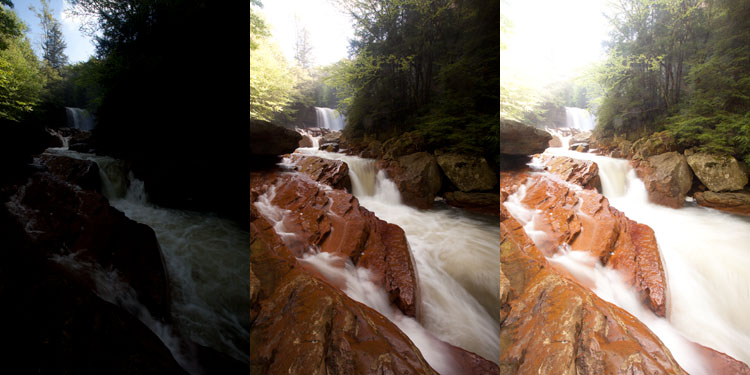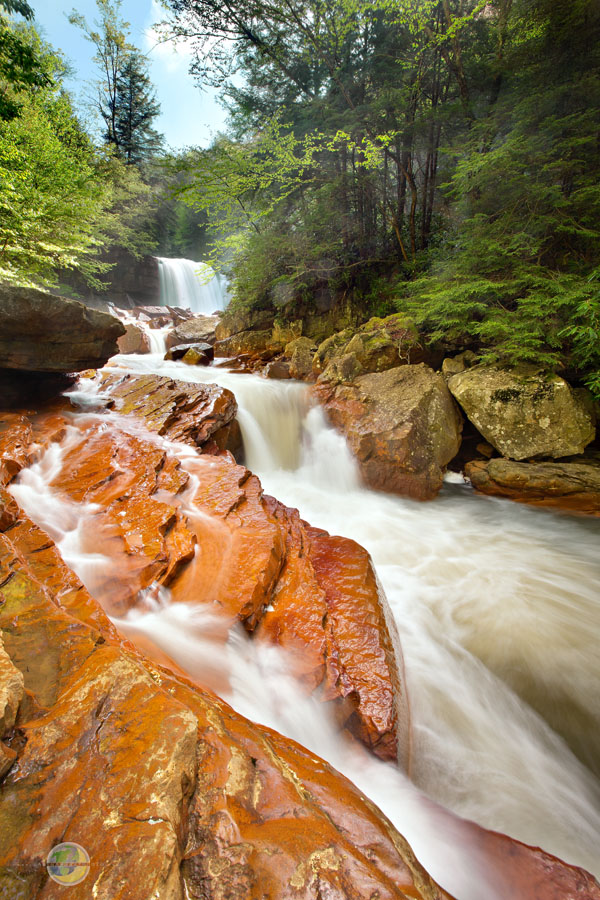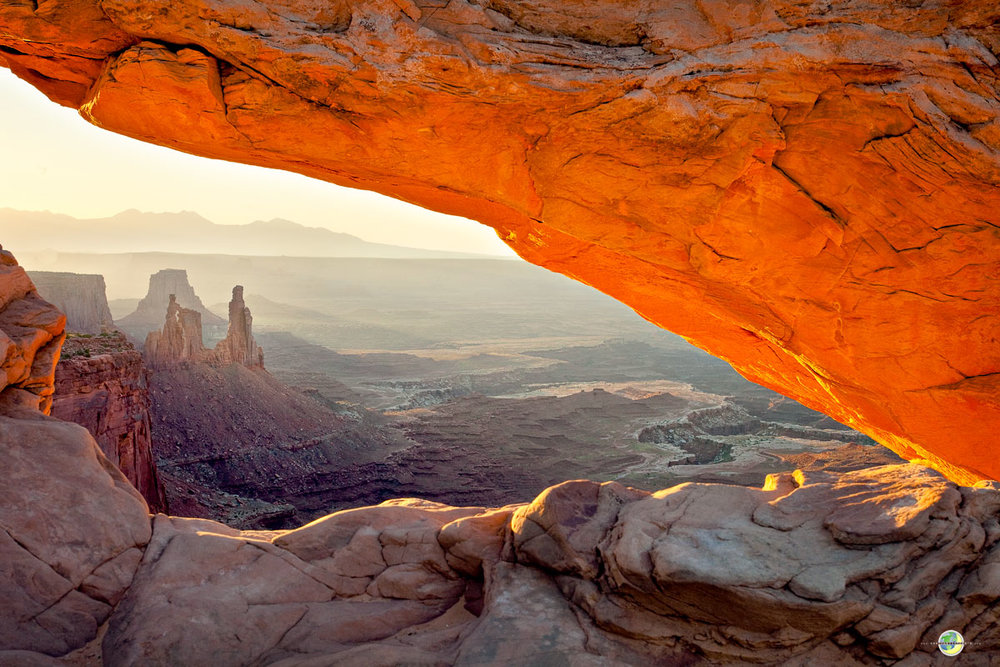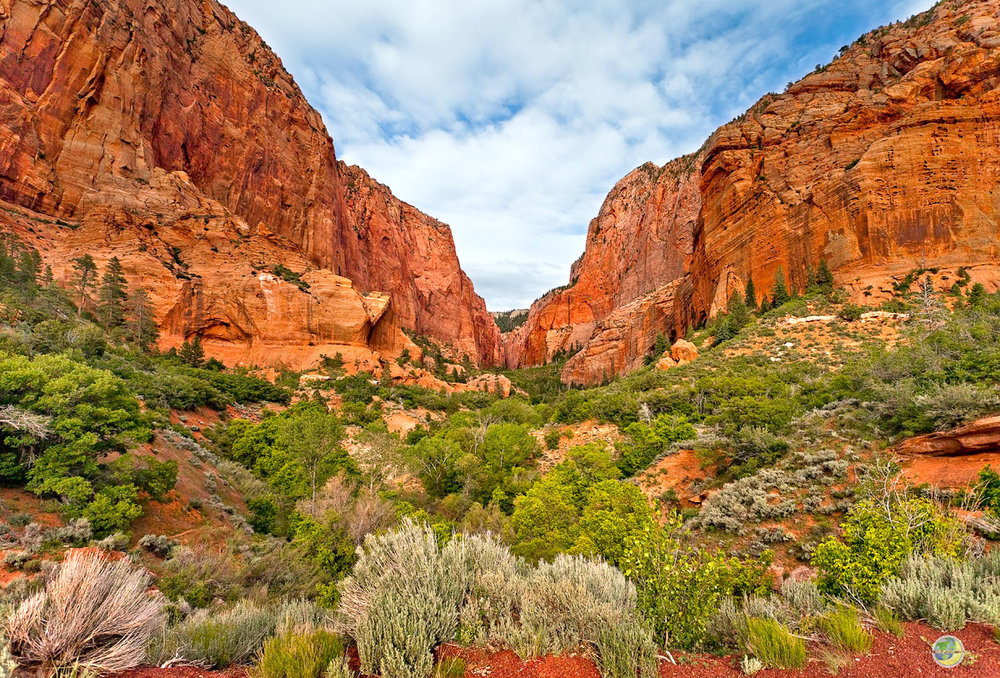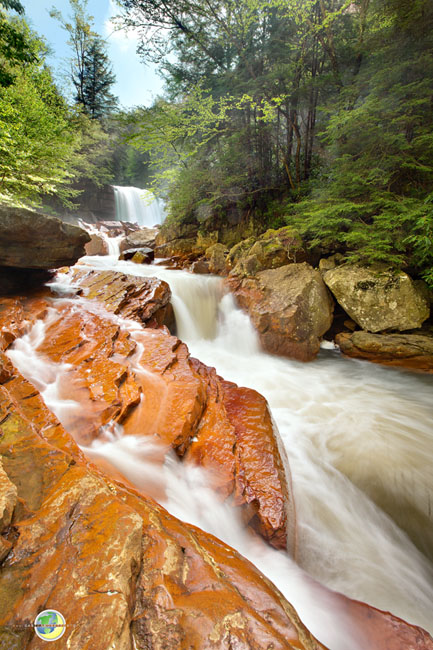This winter I made the decision to increase imaging time from my house by the most efficient utilization of astronomical filters possible. I live in a rural/suburban Bortle 4 transition zone. My zenith to the south and east are pretty decent. due north has a light dome from Huntington, WV.
I am a One Shot Color (OSC) guy. I know…but I just am. My imaging setup this winter was with the Astro-Physics 130GT and AP .8x focal reducer and the modified Canon T5i. The T5i performs very well on cold winter nights.
Oh…I will be giving a presentation on my experience with filters and OSC imaging at Green Bank Star Quest 2019 on Friday June 28. Click the link for registration and more information on GBSQ 2019.
I utilized 4 filters over the winter;
Astronomik 12nm Halpha EOS clip in
Astronomik CLS EOS clip in
Astronomik CLS CCD 2”
STC Duo Narrow Band EOS clip in
I will post my presentation to the blog after Green Bank which details observations and findings with each of these filters.
My hands-down favorite filter from my house is the STC Duo Narrow Band clip in. This filter has very nice color balance for a narrow band filter right out of the modified camera. It has beautiful contrast and does send some signal to the entire Bayer matrix.
Memorial weekend afforded me some time to work on the data I collected from November to February on the Cone Nebula and Christmas Tree cluster. Basically, I took the red channel from the STC data and the green and blue channel from a combined version of the Astronomik CLS CCD and CLS filters.
A total of over 12 hours of data was gathered for this image. I did not calibrate with flats, darks, or bias frames.
If you would like more information on the area, please Google NCG 2264 or Christmas Tree cluster or Cone nebula. It is a fascinating part of our winter Milky Way rising just a bit after the Orion constellation.
Please click on the image below for a larger light box presentation.
Have a great week!

